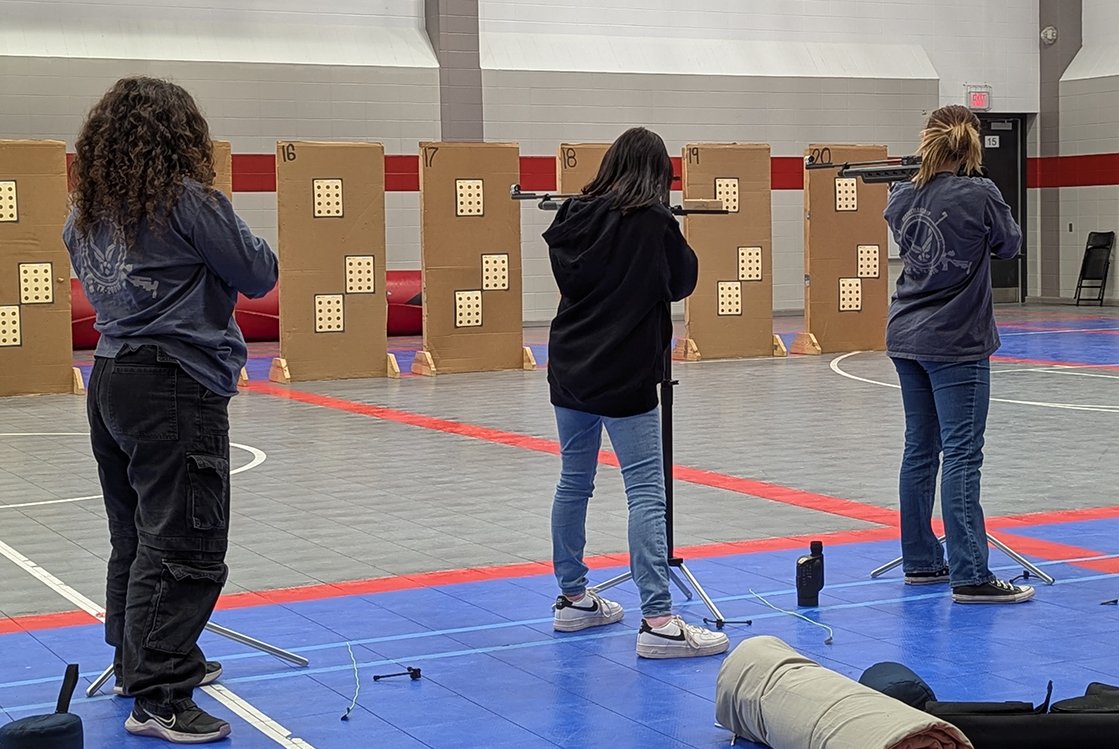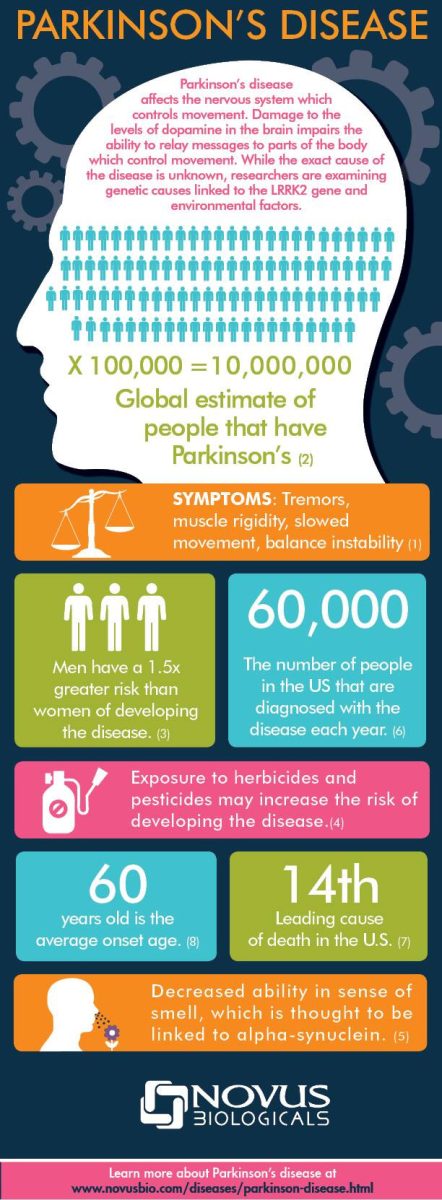Bright, blinding lights illuminate the cement hallways of the arena as you make your way to the main floor. “How do I look good enough?” “Have I eaten enough?” “Have I eaten too much?” “What if I don’t get picked during the first round?” “What if I make it to the second round, but the judges don’t like me on the second look?” All of these thoughts surround you as you make it to the dirt floor of the venue, tugging your steer along as he’s making weird noises.
Livestock showing is a popular practice among high school students who are active in 4-H. Junior Brighton Slovacek, who has shown since she was in third grade, has taken on the responsibility of showing steer and finds the process to be rewarding.
“We have to buy them, raise them, and take them to shows,” Brighton said. “If you do good at shows, you get to sell them. By selling them, you make a profit off of them.”
The Slovacek family has been involved in showing livestock for many years and this tradition sparked Brighton’s interest at a young age.
“Brighton was always eager to help her big brother with his projects, whether it was feeding, washing, or grooming his animals,” Slovacek’s dad, Joey Slovacek, said. “Brighton began her showing career at eight-years-old showing Market Goats and Market Broilers. After convincing her mother and I that she was ready to show steers, we purchased her first steer.”
Showing livestock allows students to learn responsibility and gives them an opportunity to participate in activities outside of school. With this responsibility, however, comes stress about what the day of the showing will entail.
“The morning of the show, you have to get your steer together and make sure they eat and drink,” Brighton said. “Walking them from the stall to the arena is the worst part. It’s a really stressful process.”
The judging process for individual shows are different, but each one comes with its unique stresses and complications. For bigger shows, the days are cut short for some contestants as the judges have to condense the judging pool.
“At major shows – Houston, San Antonio, and Fort Worth – you come in and there’s 70-100 people in your class,” Brighton said. “The judge has to pick [your livestock] first and then he’ll examine at your calf. For everyone who doesn’t get picked, you literally come in and then go back out.”
Outside of 4-H, Slovacek is involved in choir, class council, and takes college-level classes. Balancing these rigorous courses and extracurricular activities has helped Slovacek learn the importance of responsibility that has been established due to 4-H.
“Having to feed in the mornings and afternoons has helped me out a lot with time management,” Brighton said. “Prioritizing has been a major thing to make sure that, with events in school and outside of school plus 4-H, you have all your stuff in line.”
Although Slovacek’s 4-H showing experience will end after high school, she wants to stay in the agriculture sector for her future endeavours.
“I get to show until I’m a senior, but after that I want to major in animal science with a minor in ag education to hopefully be an extension agent one day,” Brighton said. “Our extension agent controls all of 4-H, mentors a lot of kids, and puts everything in line. I will do that or be an ag teacher, or do something in the animal science pathway.”
Aside from the pressure that showing livestock entails, there are numerous benefits that come with participating in organizations such as 4-H. Slovacek’s father has experienced these benefits firsthand and watches his children see the value in 4-H.
“Having grown up showing animals through the 4-H program, I believe young people are offered opportunities to experience and learn life lessons that only a small percentage of young people today have the opportunity to experience,” Slovacek said. “Life provides us with choices, but what we choose to do with those opportunities is left up to us. I believe that programs such as 4-H and FFA provide young people with the tools to make the most of those opportunities and, as the 4-H Motto says, ‘To Make the Best Better’.”





